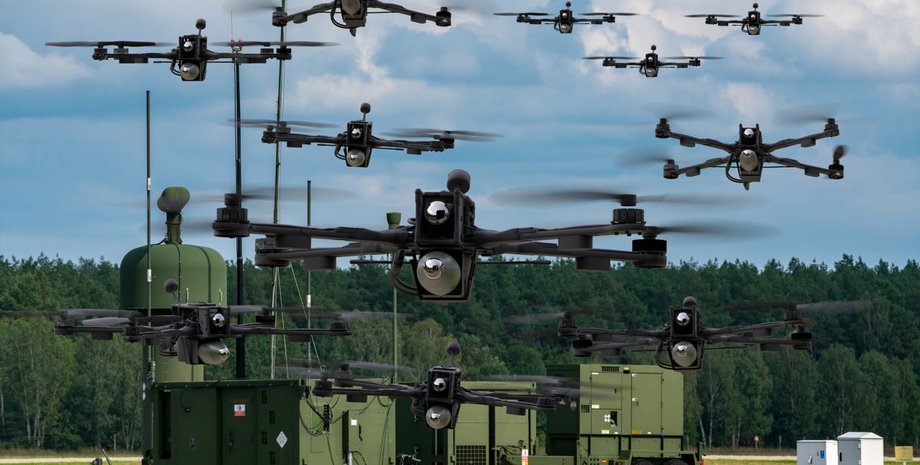
 By Victor Duda
By Victor Duda
The widespread use of unmanned systems during the current war has given rise to many myths about the so-called "drone war", since footage from the front lines often only superficially covers the real situation. In his analytical material for Hartpunkt, Waldemar Geiger analyzed why some solutions in the field of modern intelligence and strike unmanned systems never found their place on the front line.
Geiger writes that a cursory look at the use of drones in modern warfare can lead to the wrong conclusions. For example, some may have the impression that drones are an all-powerful weapon that has rendered other types of weapons useless. However, this is far from the case. Drones fully reveal their potential only in combination with other weapons technologies.
According to the analyst, in a situation where relatively large forces operate, the Ukrainian military prefers the fire support of artillery and anti-aircraft missiles, rather than FPV drones, since they still have limitations. Some classes of light and low-power reconnaissance drones turned out to be unsuitable for the front zone due to sensitivity to climatic factors. Wind, fog, precipitation and frost drastically reduce the range and accuracy of their work.
In a number of areas of the front in winter, the use of such platforms becomes impossible for several days and even weeks. Adverse weather conditions in general significantly affect the effectiveness of UAVs. In addition, in dense vegetation or dense urban development, the capabilities of reconnaissance drones are reduced. "Depending on the weather, vegetation and buildings in the combat zone, as well as the time of day, significant areas of the battlefield remain hidden," the analyst notes.
Despite expectations, fully autonomous strike platforms remain artificial and are not widely used on the front lines. Reasons: In practice, drones with artificial intelligence technology more often resemble an "assistant pilot" than an independent combat unit. In other words, such solutions help in situations when communication with the operator is interrupted, or when it is possible for the device to fly along a given route in the area of weak reception of satellite navigation.
"It is quite possible that such drones will have a significant impact on the battlefield in the future. However, it is quite likely that such truly autonomous systems will be significantly more expensive than today due to the need to use autonomy kits. It is extremely important to understand that the conditions during the tests are significantly different from the real conditions of the battlefield in terms of complexity, dynamics and diversity," Geiger emphasized.
Despite popular opinion, drones do not reduce the number of troops, but on the contrary - increase them. FPV teams include one to two pilots, technicians, munitions specialists and security, according to the war zone. Another difficulty in the use of drones is logistics in the conditions of front-line threats. Most often, such a group needs to get to a given place to perform a combat mission without transport. You have to cover more than one kilometer on foot to avoid detection by the enemy.
Finally, the myth persists that it is difficult or impossible to defend against drones. This claim is often justified by the fact that UAVs are so cheap that they can effectively defeat almost any defense. Often mentioned is the so-called killzone — a combat zone about 40 kilometers deep along the front line, where drones allegedly attack anything and everything. "The statement about the existence of this war zone is correct.
However, in the general discussion, as well as in most reports, it is assumed that there is a "homogeneous" threat in this "death zone". Although, as mentioned at the beginning, different weather conditions, seasons and protection measures lead to a general fluctuation in the level of the threat," the analyst explained. In general, drones of various classes remain an important tool in modern combat, but they are not an "all-powerful" tool.
Their effectiveness depends on weather conditions, time of day, landscape, logistics, skill of operators, level of automation and availability of countermeasures. Technological advances (including AI and swarming capabilities) may change the picture in the future, but physical and operational limitations will remain, and defenses will evolve to keep pace with offensive capabilities.


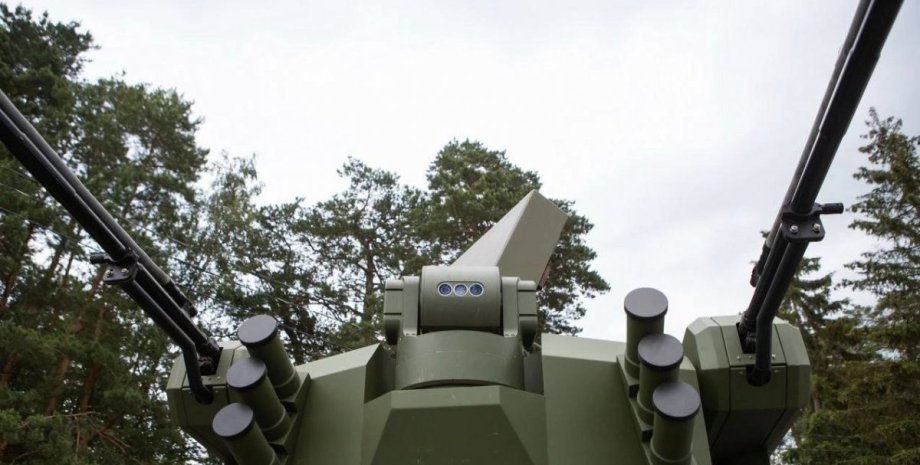
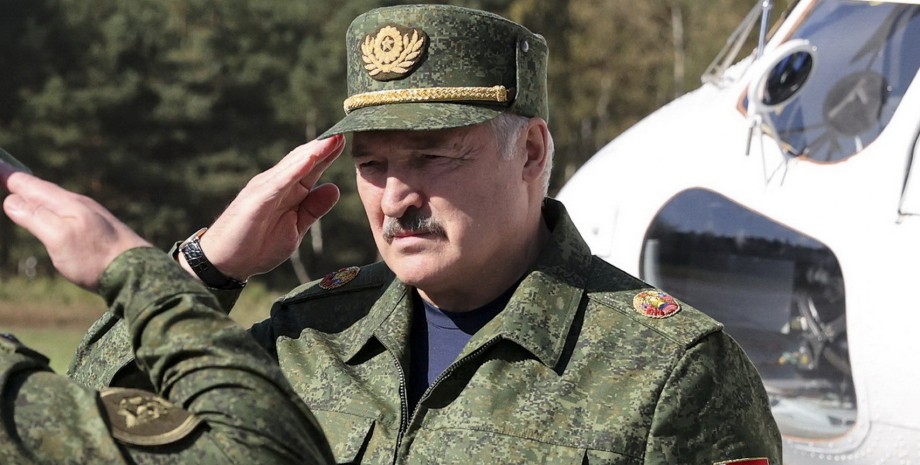


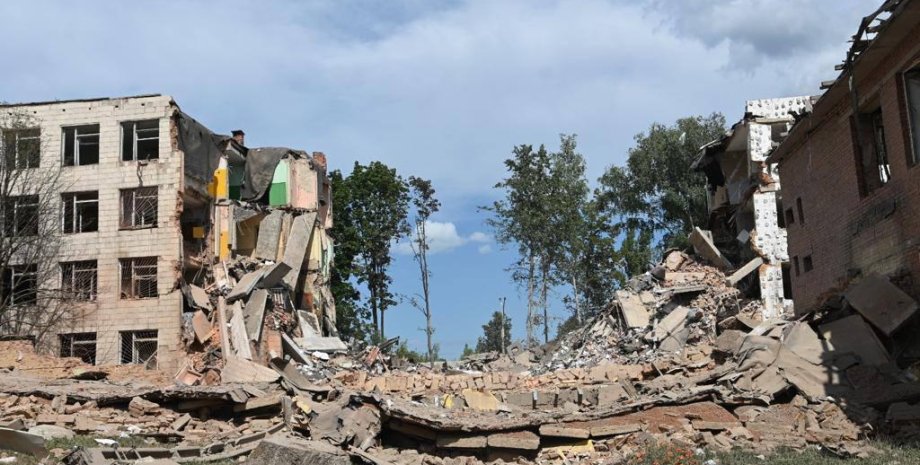
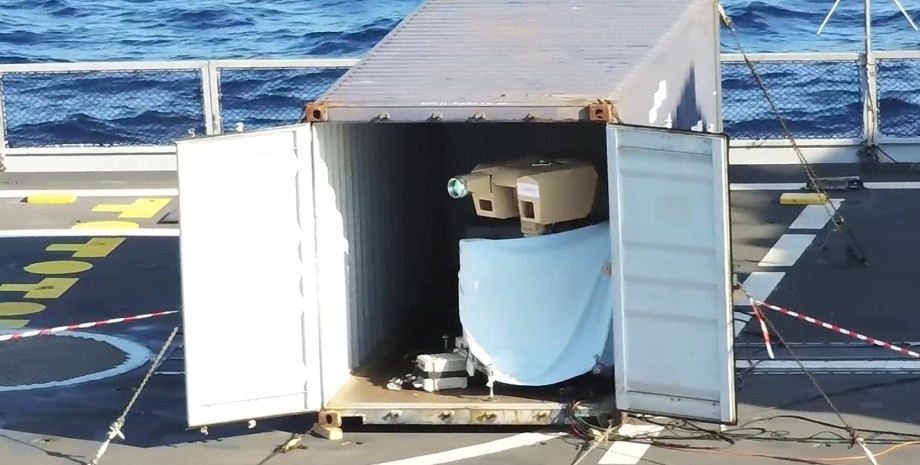

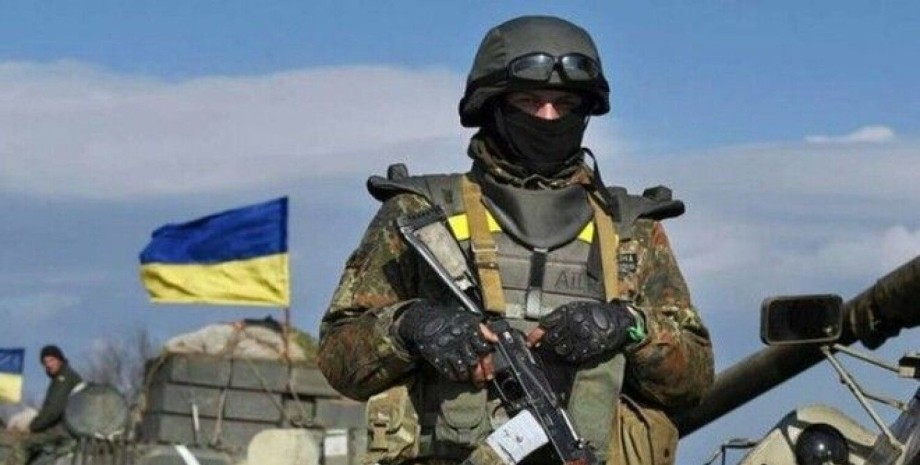
All rights reserved IN-Ukraine.info - 2022